American Taste
BBQ Ribs
Imagine biting into a perfectly cooked rack of BBQ ribs. The meat, so tender it practically melts in your mouth, is infused with a smoky essence and coated in a lip-smacking sauce. It's a culinary experience that appeals to our primal instincts. Whether you're a grill master or a novice cook, learning to make exceptional BBQ ribs is a skill that will win you praise at any gathering.
Chef's Notes:
- Patience is key: slow cooking at low temperatures yields the most succulent ribs
- A well-balanced dry rub and tangy basting sauce elevate the flavor profile
- Removing the membrane is crucial for optimal texture and flavor penetration
The Perfect Cut
When selecting ribs, you'll typically encounter two main varieties: baby back ribs and spare ribs. Baby back ribs, sourced from the upper rib cage, are known for their leanness and tenderness. Spare ribs, cut from the belly section, offer a meatier experience with more intramuscular fat.
In this recipe, we'll be working with baby back ribs, a favorite among many due to their quicker cooking time and tender texture. Don't worry though, these techniques can be easily adapted for spare ribs with some minor adjustments to the cooking duration.
Prepping the Ribs
The secret to mouthwatering BBQ ribs lies in the preparation. Begin by tackling the membrane on the back of the ribs. This thin, translucent layer can become unpleasantly chewy when cooked and acts as a barrier to flavor absorption.
Follow these steps to remove the membrane:
- Use a butter knife to lift the membrane at one end of the rack
- Once loosened, grab the membrane with a paper towel for better grip
- Gently pull the membrane off, working from one end to the other
After removing the membrane, trim any excess fat from the ribs. While some fat adds flavor, too much can cause flare-ups during cooking and result in an overly greasy final product.
The Secret Weapon: Dry Rub
A well-crafted dry rub is the cornerstone of exceptional BBQ ribs. Our homemade blend combines sweet, savory, and spicy elements to create a multi-dimensional flavor that perfectly complements the pork.
Homemade Dry Rub:
- 1/4 cup brown sugar
- 2 tablespoons paprika
- 1 tablespoon garlic powder
- 1 tablespoon onion powder
- 1 tablespoon black pepper
- 1 teaspoon cayenne pepper
- 1 teaspoon dried thyme
- 1 teaspoon dried oregano
Combine all ingredients thoroughly and store in an airtight container. This versatile rub can be prepared in advance and will maintain its potency for several months.
Applying the Rub
Before seasoning, ensure your ribs are patted dry with paper towels. This step is crucial for proper adhesion of the rub to the meat. Apply a generous coating of the dry rub to both sides of the ribs, taking care to massage it into the meat.
For optimal flavor infusion, wrap the seasoned ribs in plastic wrap and refrigerate for a minimum of 2 hours, or ideally overnight. This resting period allows the flavors to penetrate deep into the meat fibers.
The Low and Slow Method
The key to achieving fall-off-the-bone tender ribs lies in the low and slow cooking method. This technique allows the tough connective tissues to break down gradually, resulting in incredibly succulent meat.
Set your oven to 275°F (135°C). While traditional BBQ often involves smoking, this oven method produces excellent results and is more accessible for home cooks without specialized equipment.
Arrange the ribs on a foil-lined baking sheet, meat side facing up. Cover tightly with another sheet of foil and bake for 2 1/2 to 3 hours, or until the meat is tender and begins to pull away from the bones.
The Basting Sauce
While your ribs are slowly cooking to perfection, prepare a zesty basting sauce. This sauce adds an extra layer of flavor and helps keep the meat moist during the final stages of cooking.
Basting Sauce:
- 1 cup ketchup
- 1/4 cup apple cider vinegar
- 1/4 cup brown sugar
- 2 tablespoons Worcestershire sauce
- 1 tablespoon Dijon mustard
- 1 teaspoon garlic powder
- 1/2 teaspoon black pepper
Combine all ingredients in a small saucepan over medium heat. Let the mixture simmer for 5-10 minutes until it thickens slightly. Set aside to cool before use.
Finishing Touch
Once the initial cooking time is complete, carefully remove the ribs from the oven and open the foil. Generously brush the ribs with the prepared basting sauce, then return them to the oven, uncovered, for an additional 30 minutes.
For a deliciously caramelized finish, switch your oven to broil for the final 5 minutes. Keep a close eye on the ribs during this step to prevent burning.
Serving and Enjoying
After cooking, allow your ribs to rest for 5-10 minutes before cutting. This brief pause helps the juices redistribute throughout the meat, ensuring each bite is as juicy as possible. Serve alongside extra basting sauce and classic BBQ sides like creamy coleslaw, savory baked beans, or grilled corn on the cob.
Remember, BBQ ribs are best enjoyed with your hands! Embrace the messy, finger-licking experience – it's an integral part of the BBQ tradition.
Nutrition Facts
Here's an approximate breakdown of the nutritional content for one serving (3-4 ribs) of BBQ ribs:
-
- Calories: 540
- Total Fat: 36g
- Saturated Fat: 13g
- Cholesterol: 145mg
- Sodium: 680mg
- Total Carbohydrates: 18g
- Dietary Fiber: 1g
- Sugar: 15g
- Protein: 40g
Keep in mind that these values may vary depending on specific ingredients and portion sizes.
FAQs
How should I adjust the cooking time if I'm using spare ribs instead of baby back ribs?
Spare ribs generally require a longer cooking time due to their larger size and higher fat content. When using the oven method, cook spare ribs at 275°F (135°C) for approximately 3 to 3 1/2 hours before applying the basting sauce and finishing as directed.
Is it possible to make these ribs on a grill instead of in the oven?
Certainly! To prepare your ribs on the grill, set it up for indirect heat at 275°F (135°C). Position the ribs on the cooler side of the grill and cook for 2 to 2 1/2 hours, then baste and finish over direct heat to achieve that perfect char.
What's the best way to determine when my ribs are fully cooked?
Perfectly cooked ribs should be flexible enough to bend easily when lifted from one end, with the meat starting to pull away from the bones. You can also try the "bounce test" – when you gently bounce the ribs, the meat should jiggle slightly but remain attached to the bone.








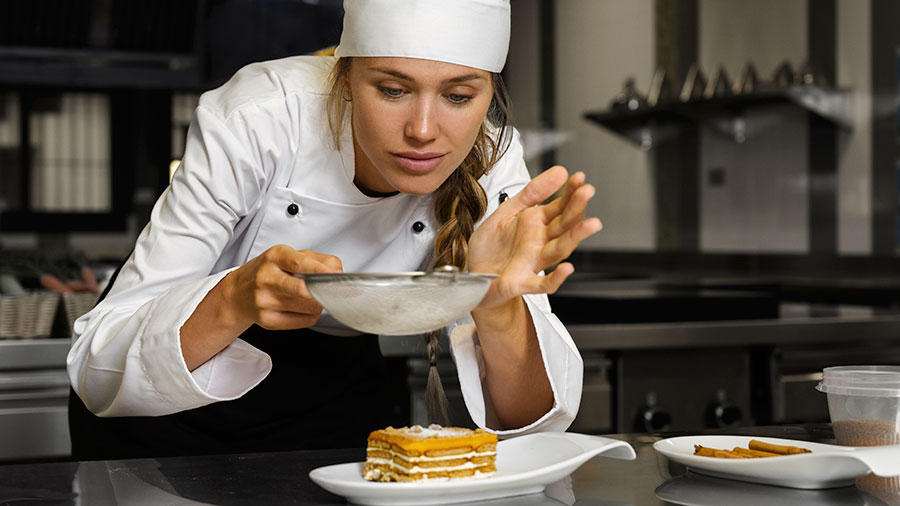
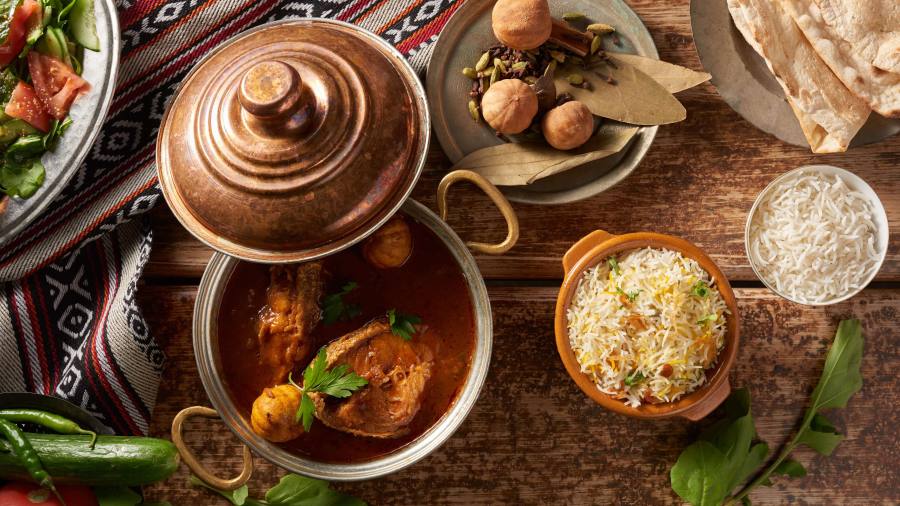
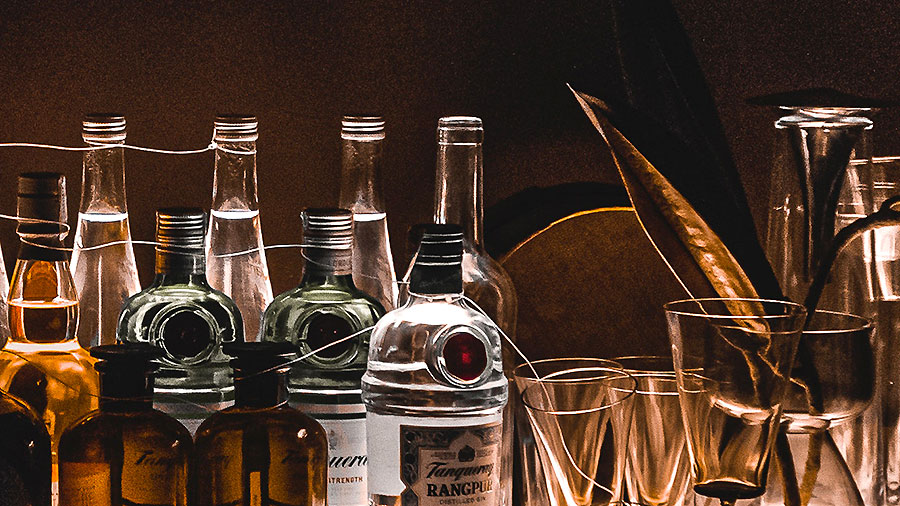
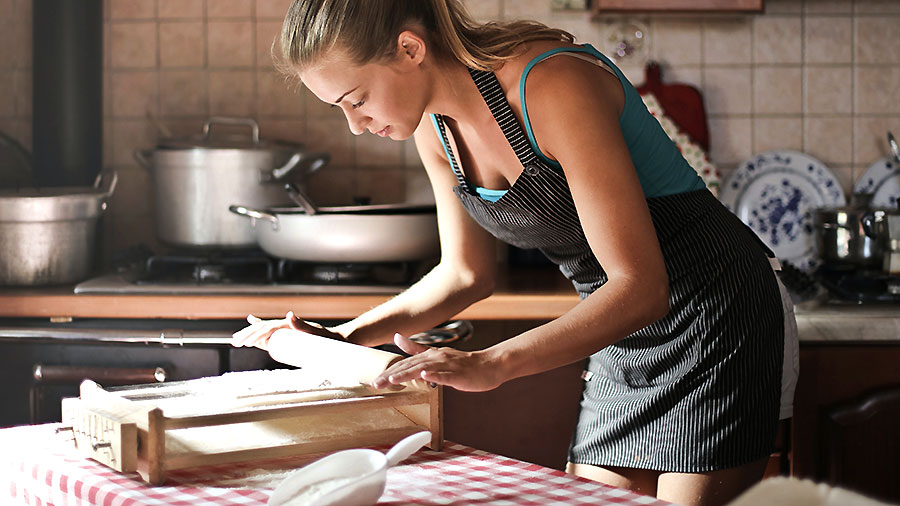

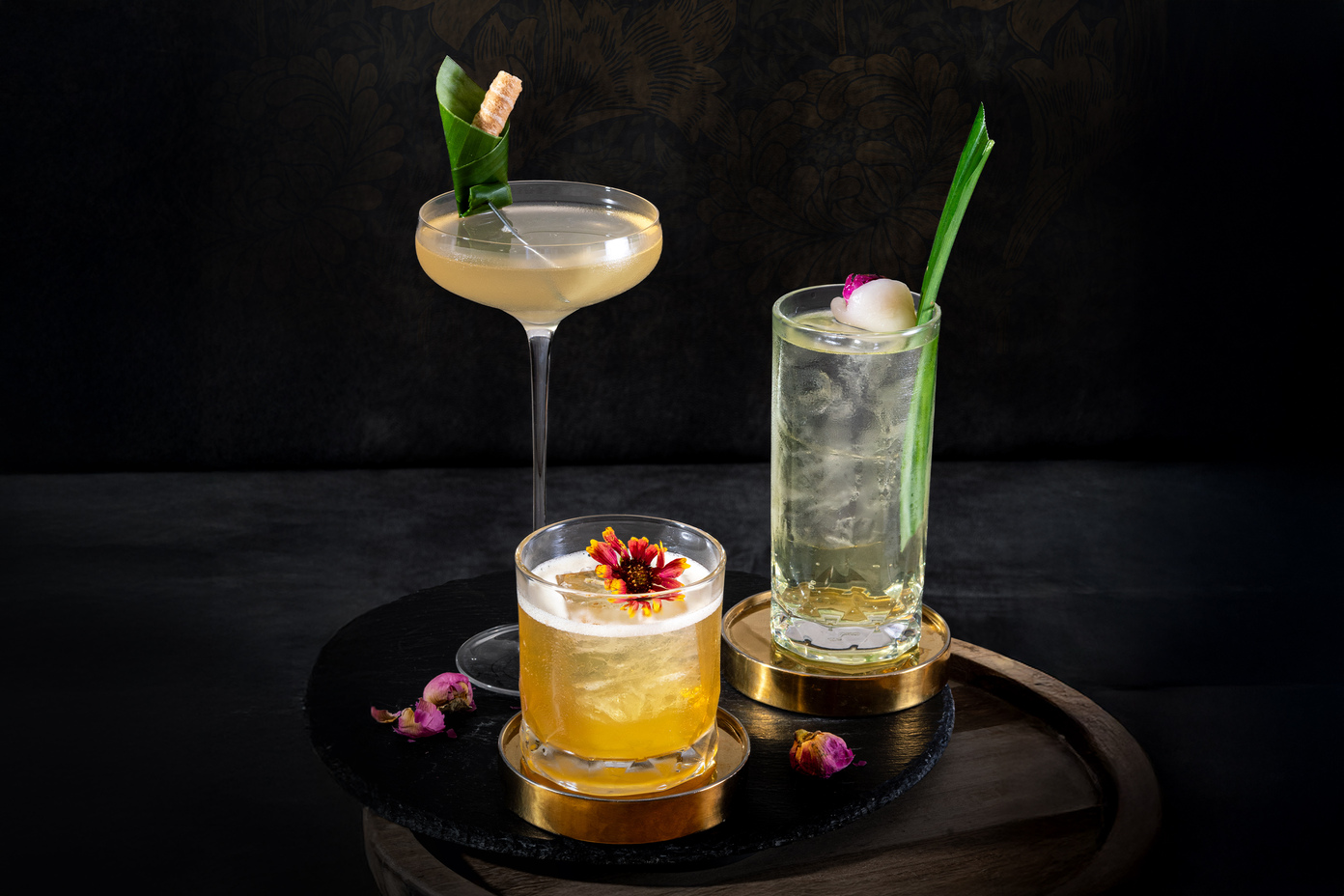
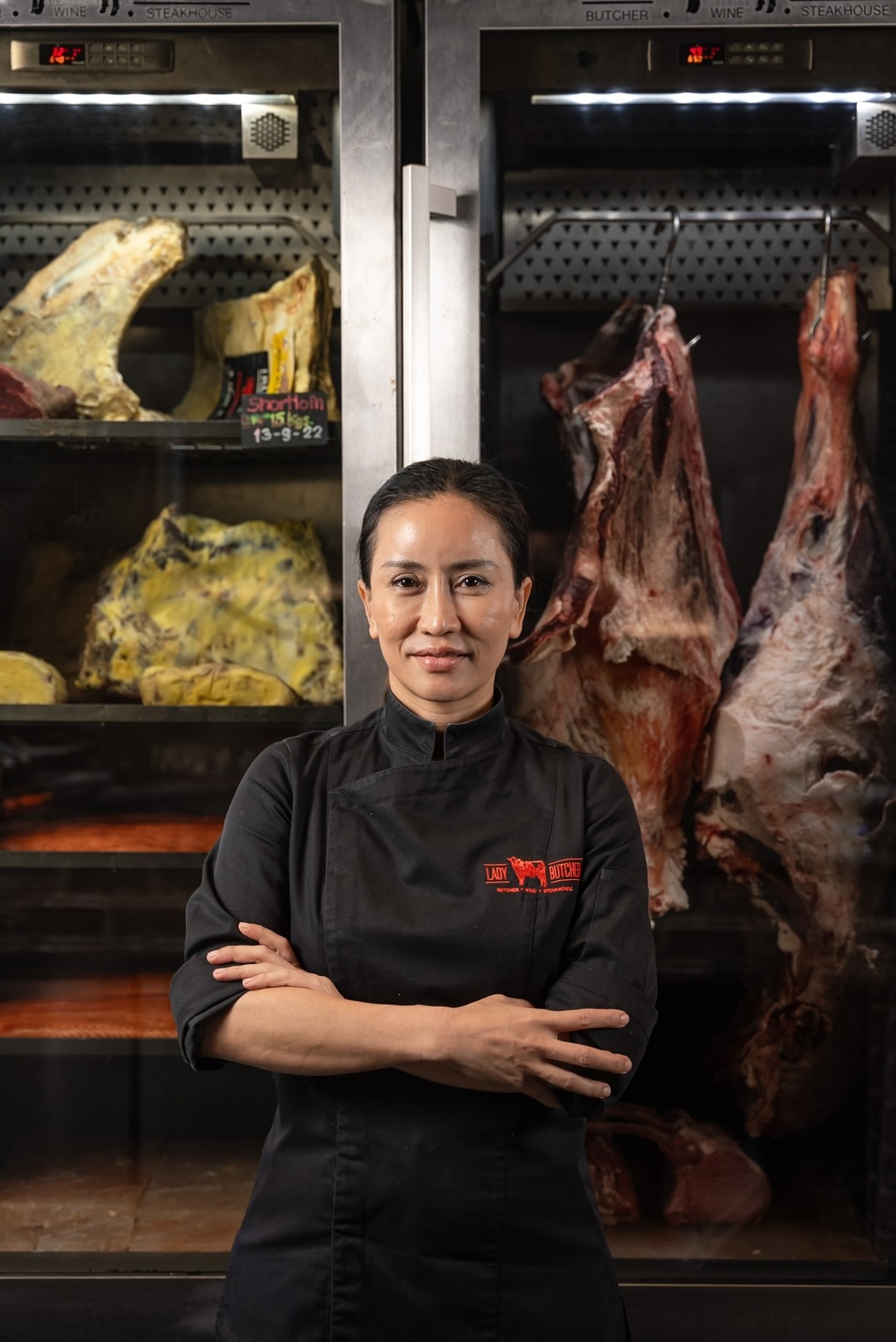
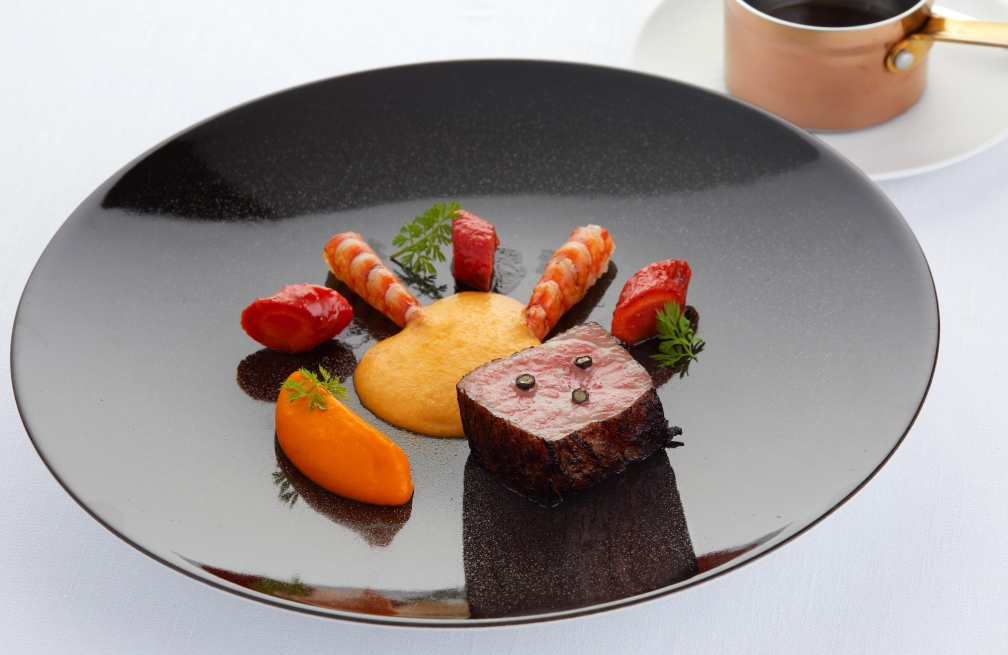
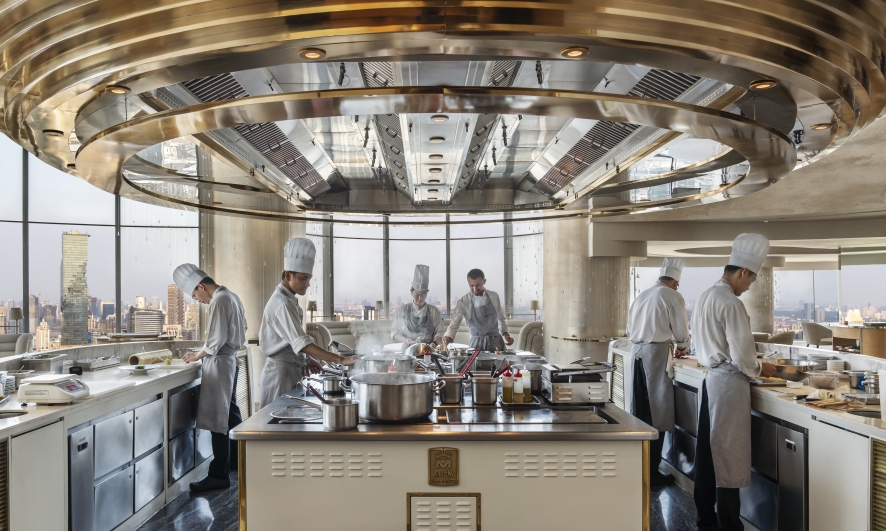

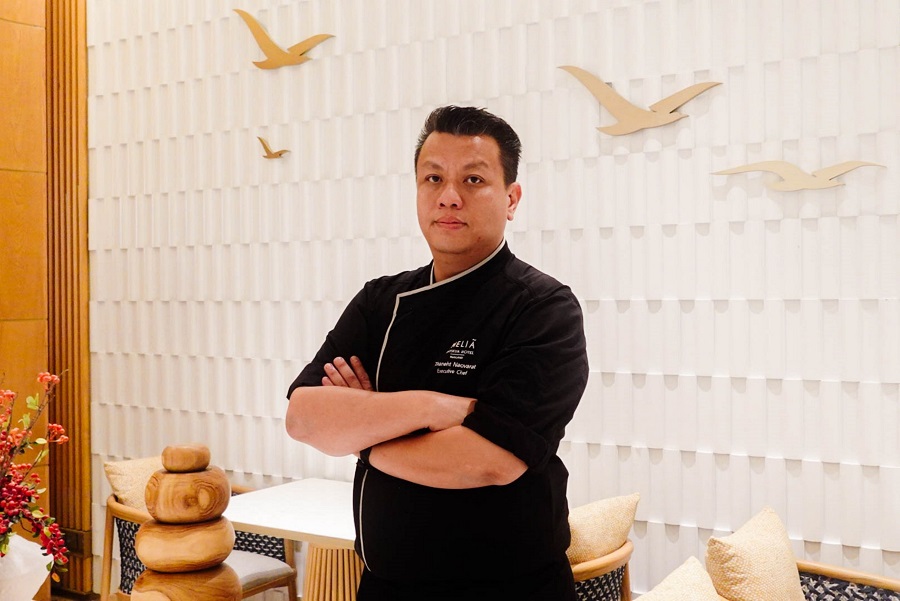





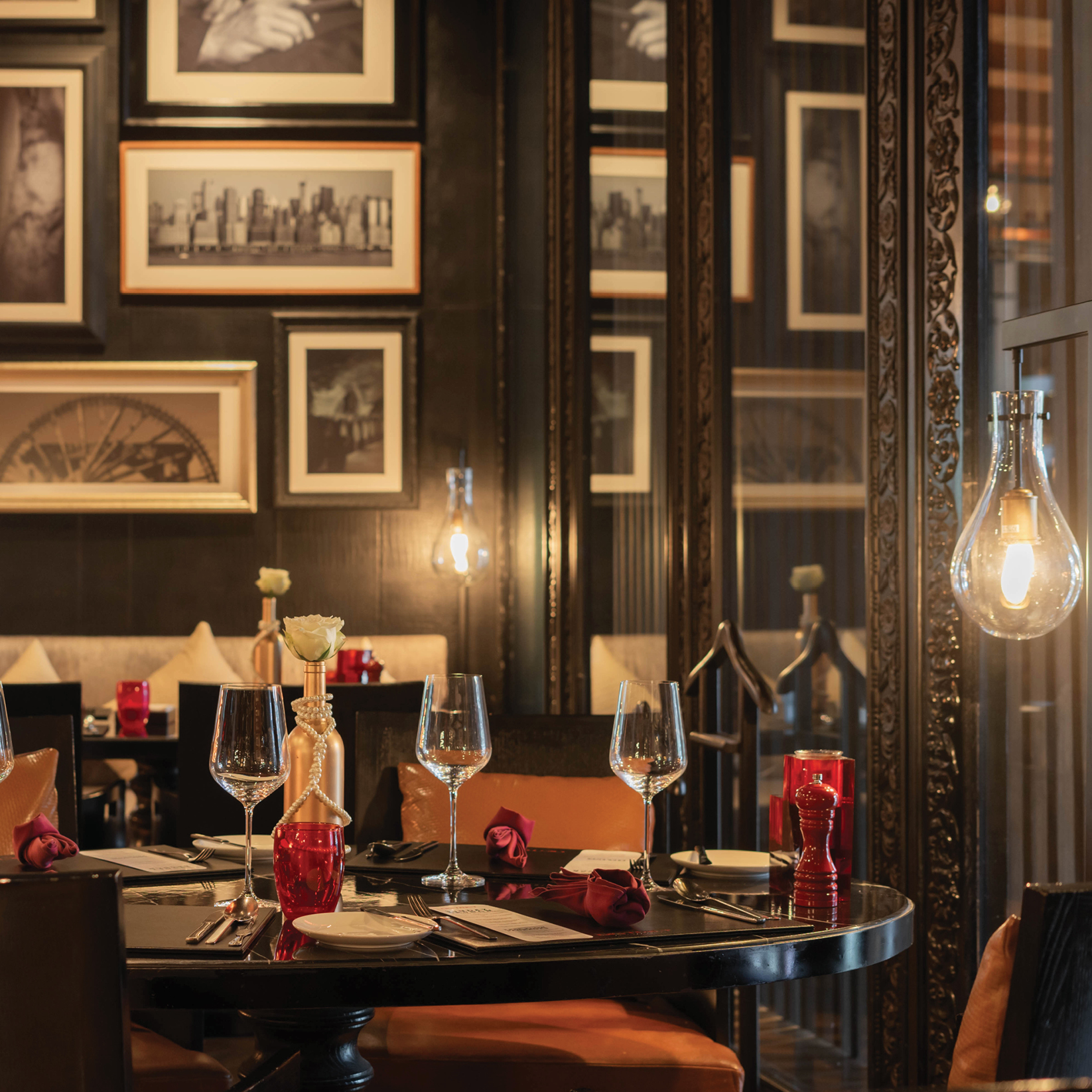
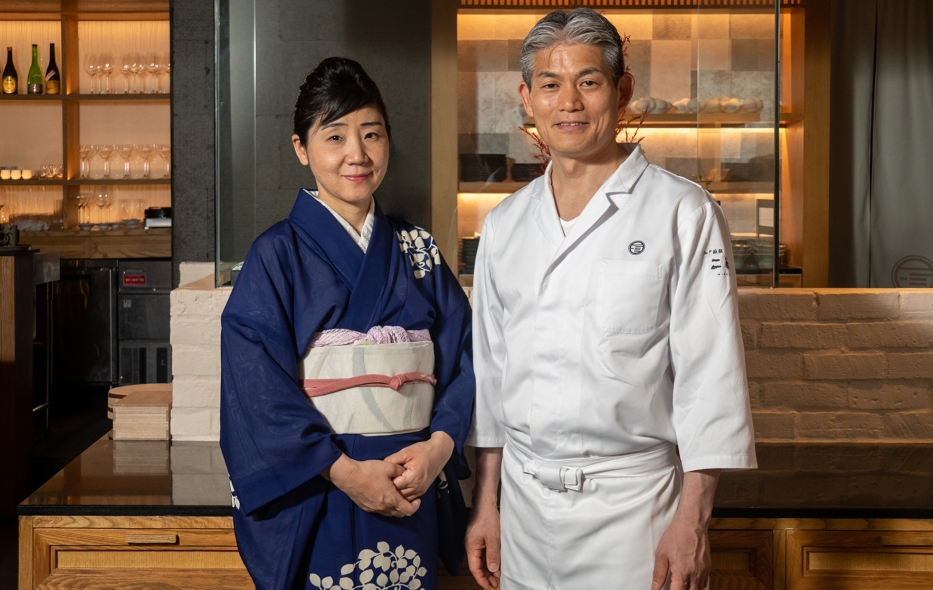


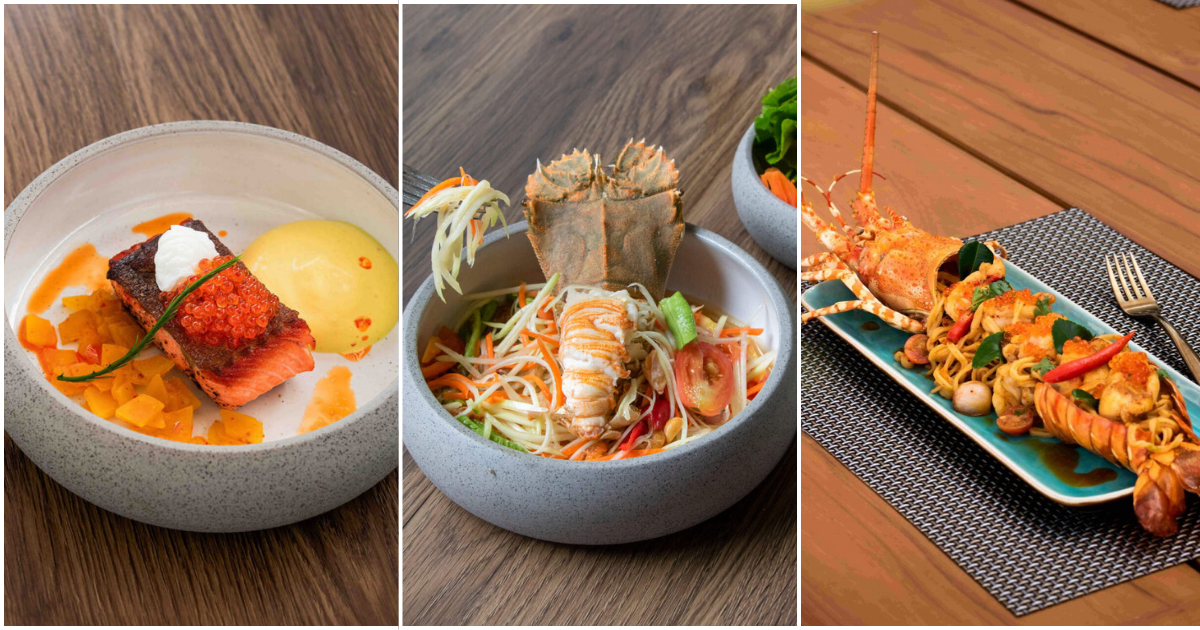

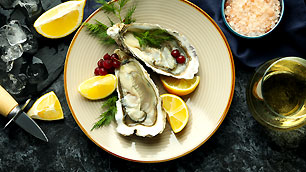 Must Try Foods
Must Try Foods
 Gastronomy Cities
Gastronomy Cities
 Chef's Talk
Chef's Talk